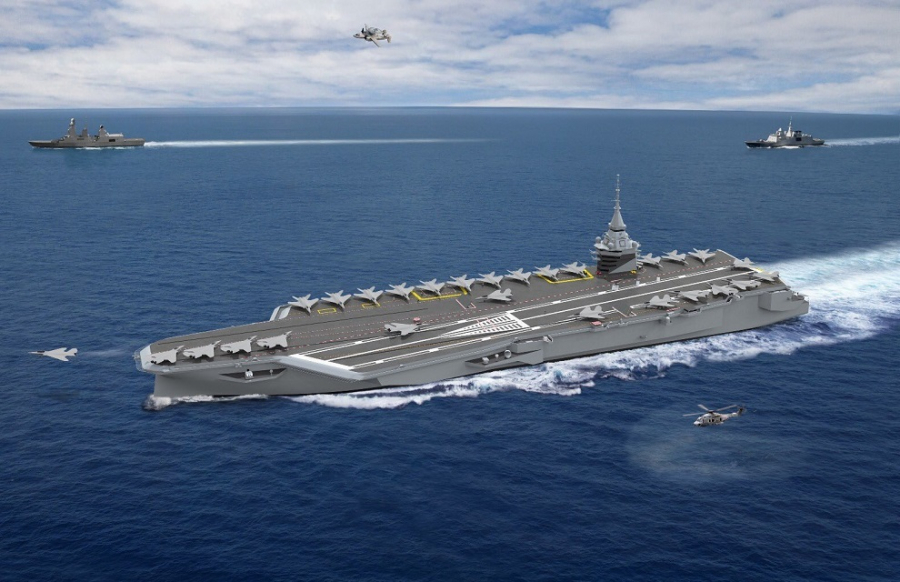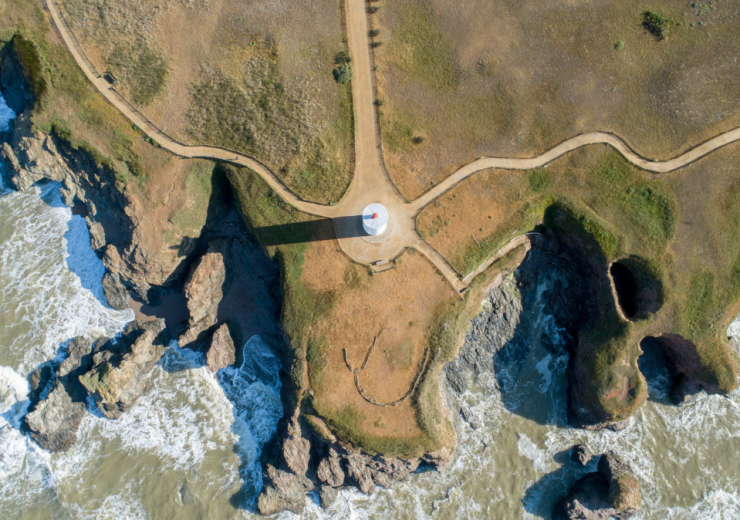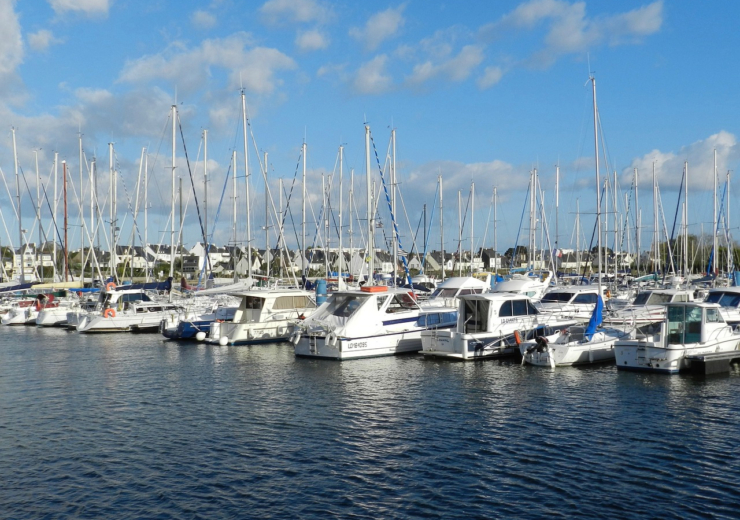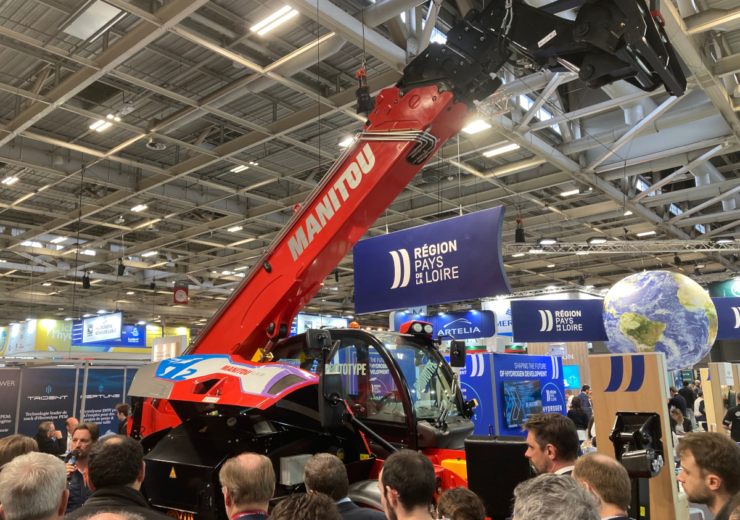Tomorrow’s flagship of the French Navy will be develop in Atlantic France. Naval Group and the Chantiers de l’Atlantique are in charge of key elements of “PANG”, the new generation nuclear-powered aircraft carrier which will take over from the famous Charles de Gaulle.
Only two countries in the world have equipped the Navy with nuclear-powered aircraft carriers. The United-States count on 10 vessels (the Nimitz class) and France has Charles de Gaulle which has been operating since 2001.
The supercarrier will be replaced by 2038, and Atlantic France’s industrial know-how will play an important part in the construction of its substitute with the participation of two major players in shipbuilding: Naval Group and the Chantiers de l’Atlantique.
Naval Group: 10 million hours of work for the nuclear propulsion system
The European leader in naval defence, Naval Group, will be in charge of the propulsion system (two 220 MW nuclear boilers) in partnership with Framatome. The contract represents 10 million hours of work over 15 years (500 full-time equivalent). It will start with 5 years of study and preparation of the industrial site. The company will invest €150 million in its infrastructure to adapt it to the XXL propulsion system.
This project will make it possible to develop innovation in the fields of propulsion and high added-value military systems, thus maintaining France’s technological lead and its position as a key geostrategic player. This is a huge pride for Naval Group to begin the building of the biggest warship France has ever built.
Pierre Eric Pommellet, Chairman and CEO of Naval Group
Chantiers de l’Atlantique: a 300 meter long ship hull to build
This major industrial project estimated at €7 billion will also benefit another shipbuilding specialist from Atlantic France. Expert in the construction of gigantic liners, the Chantiers de l’Atlantique shipyard will be responsible for building the hull of the 75,000 ton and 300 meters long ship. Although the site is already suitable for extraordinary projects, it will have to be adapted to match the nuclear safety constraints.
PANG: a combination of power and technology
The French new generation aircraft carrier (porte-avion nouvelle génération, PANG), will be able to accommodate around 2,000 sailors and will be propelled at speeds of up to 27 knots (around 50 km/h). It will have the capacity to host 30 new generation fighter jets (FCAS) and to facilitate their take-off with electromagnetic catapults. The first sea trials are scheduled for 2036.


 日本語
日本語  Français
Français 



